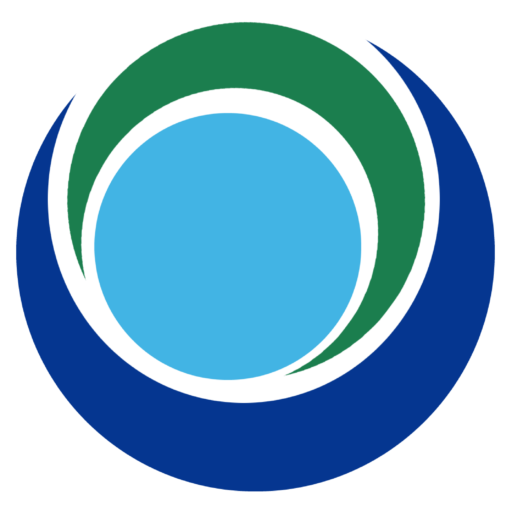Shellfish and seaweed farms, vital habitats for coastal fish species – Cultivation of bivalve molluscs and seaweed is widely recognised as a potentially environmentally sustainable practice, but what are its effects on fish populations? New joint research by the Marine Biological Association (MBA) and the University of Exeter seeks to answer this question by exploring whether aquaculture facilities could benefit or hinder fish abundance and diversity.
The research team focused their study on two integrated mussel and seaweed farms located in Cornwall, using a baited underwater video system (BRUV) to record and analyse the presence and behaviour of fish in and around the farms. In addition, fish diet studies were carried out to better understand their feeding patterns in these areas.
The results of the study are promising: at least 11 fish species were identified in the farming areas, with significantly higher diversity and numbers than in more remote areas. Many of the species observed, including mackerel, haddock and sandeels, are of both commercial and ecological importance. These data suggest that mussel and seaweed farms may create new essential feeding areas for these species.
Also interesting is the discovery of an abundance of juvenile fish at the sites studied, indicating that these locations could serve as crucial breeding grounds. However, the researchers emphasise the need for further research to confirm these preliminary findings.
Against a backdrop of degradation of natural habitats and decline of many fish populations, these results provide important evidence on how mussel and seaweed farms can act as nature-based solutions, contributing to an increased abundance of fish that would also indirectly benefit other maritime activities such as fisheries. This could facilitate the inclusion of sustainable aquaculture in marine planning strategies.
Looking to the future, greater recognition by politicians, legislators and government agencies of the environmental benefits that shellfish and seaweed farms can provide is crucial. A thorough understanding of these facilities and their impact on marine ecosystems is essential to develop policies that promote habitat protection and environmental management at aquaculture sites.
Shellfish and seaweed farms, vital habitats for coastal fish species








